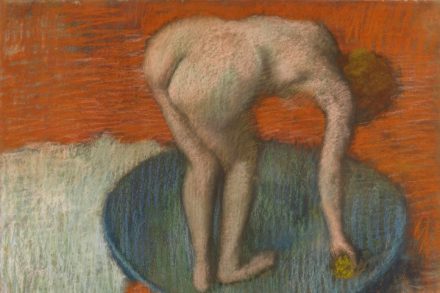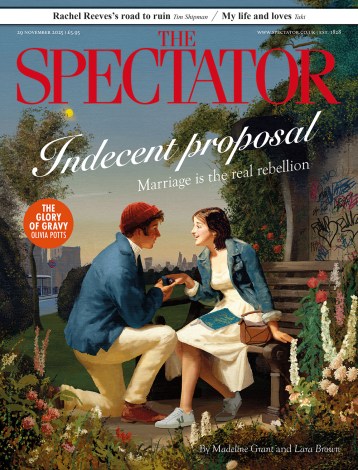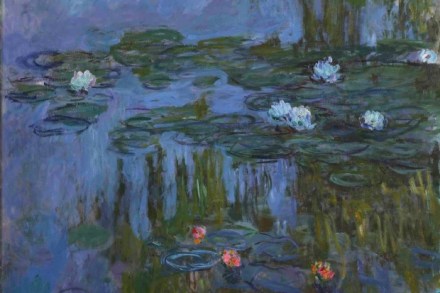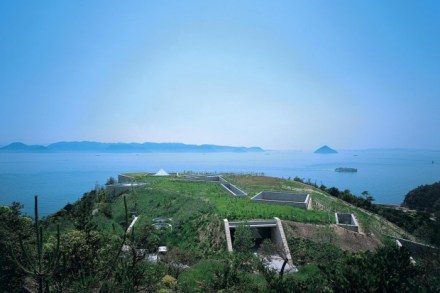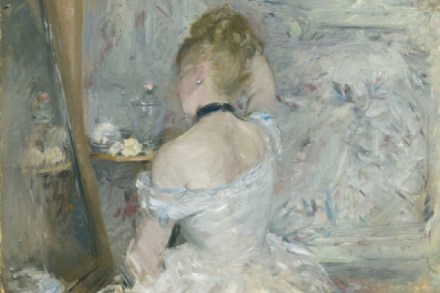I spy | 28 September 2017
Where was Degas standing as he sketched his ‘Laundresses’ (c.1882–4)? Did he watch the two women from behind sheets hanging to dry? Or was he hidden by steam from the basins? The laundry women are unselfconscious, unguarded. One reads aloud from a list, calling out shirts, collars, cuffs to be washed and ironed. Another leans over her workbench, staring into the placket of a folded shirt like Narcissus into his pool. Neither is the least bit bothered by the artist making a rapid chalk sketch to be worked up later in pastel. Nor the two men in ‘At the Café de Châteaudun’ (c.1869–71), reading a newspaper with monocle and magnifying
